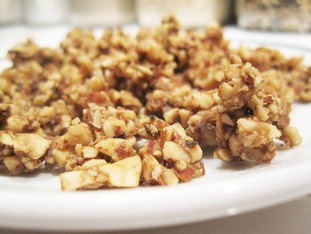
Back when I was studying, and thinking of pursuing as a career, urban planning, I became smitten with the concept of resilience, which I now can't help but automatically apply to all systems that I care to think about--the human body, one's diet, my kitchen. My favorite definition of resilience is having the ability to return to an original functional state after a challenge has thrown the system out of balance. Here's an easy example: if you've got a fun group of friends and two of them who were together decide to break up, will your group of friends be able to eventually return back to normal again? Or will there be a rift making it impossible to ever hang out like you used to? If things can get completely back to normal then we could say your group of friends is pretty resilient. Maybe you could see how understanding the resilience of cities, businesses or biological systems could get really applicable and interesting, especially for us nerdy folk.
Two of my favorite nerds, Brian Walker and David Salt spell it all out in Resilience Thinking, which helps the lay person grasp some pretty powerful concepts. One that has stuck with me is the concept of redundancy, which basically means that in a resilient system, there are more than one way to do any single thing, like a kitchen with a flat cheese grater, a standing cheese grater, a cheese grater that you crank and a planer. It flies in the face of efficiency and optimization, but I can see how it makes sense.
I bring this all up now because, in the spirit of redundancy, I want to share a recipe for a little thing that acts a lot like a bacon bit, but I don't care to force it into a "replace your bacon bits" place--I wouldn't dare, dears, especially in this almost overpoweringly pro-bacon climate.
But seriously, these little peppery crunchy things are great, whether or not bacon exists in the world. My sweetheart is now obsessed with their salty crunch. We eat them on salads, breakfast potatoes, casseroles, avocados and any place a little bacon wouldn't be argued with. You can make this recipe in the oven but I recommend using a dehydrator.
Nut Crunchies
1 cup almonds (soaked in saltwater and then dehydrated is best, but any almonds will do)
3 tablespoons amino acids
1 teaspoon coarse ground pepper
Pulse the almonds in a food processor until the largest pieces are a little bigger than the size of a bacon bit. Combine all ingredients and spread flat on a dehydrator sheet. Dehydrate for a day or two until the nuts are completely dry. They will form flat sheets which can be used like bacon strips if you're careful, or break them up and store in an airtight container.
If you don't have a dehydrator, spread the combined ingredients flat on a baking sheet (lining the sheet with parchment paper will make a tidier experience) and bake at the lowest temperature your oven is capable of, checking occasionally to make sure the almonds aren't browning. If they do start to brown turn off the oven, keeping the oven door closed. After the oven has cooled check the bits to see if they have lost all their moisture. Repeat with another round of oven heat if necessary, checking again to make sure the nuts don't brown. Store in an airtight container.
Also, let's try this:
Two of my favorite nerds, Brian Walker and David Salt spell it all out in Resilience Thinking, which helps the lay person grasp some pretty powerful concepts. One that has stuck with me is the concept of redundancy, which basically means that in a resilient system, there are more than one way to do any single thing, like a kitchen with a flat cheese grater, a standing cheese grater, a cheese grater that you crank and a planer. It flies in the face of efficiency and optimization, but I can see how it makes sense.
I bring this all up now because, in the spirit of redundancy, I want to share a recipe for a little thing that acts a lot like a bacon bit, but I don't care to force it into a "replace your bacon bits" place--I wouldn't dare, dears, especially in this almost overpoweringly pro-bacon climate.
But seriously, these little peppery crunchy things are great, whether or not bacon exists in the world. My sweetheart is now obsessed with their salty crunch. We eat them on salads, breakfast potatoes, casseroles, avocados and any place a little bacon wouldn't be argued with. You can make this recipe in the oven but I recommend using a dehydrator.
Nut Crunchies
1 cup almonds (soaked in saltwater and then dehydrated is best, but any almonds will do)
3 tablespoons amino acids
1 teaspoon coarse ground pepper
Pulse the almonds in a food processor until the largest pieces are a little bigger than the size of a bacon bit. Combine all ingredients and spread flat on a dehydrator sheet. Dehydrate for a day or two until the nuts are completely dry. They will form flat sheets which can be used like bacon strips if you're careful, or break them up and store in an airtight container.
If you don't have a dehydrator, spread the combined ingredients flat on a baking sheet (lining the sheet with parchment paper will make a tidier experience) and bake at the lowest temperature your oven is capable of, checking occasionally to make sure the almonds aren't browning. If they do start to brown turn off the oven, keeping the oven door closed. After the oven has cooled check the bits to see if they have lost all their moisture. Repeat with another round of oven heat if necessary, checking again to make sure the nuts don't brown. Store in an airtight container.
Also, let's try this:

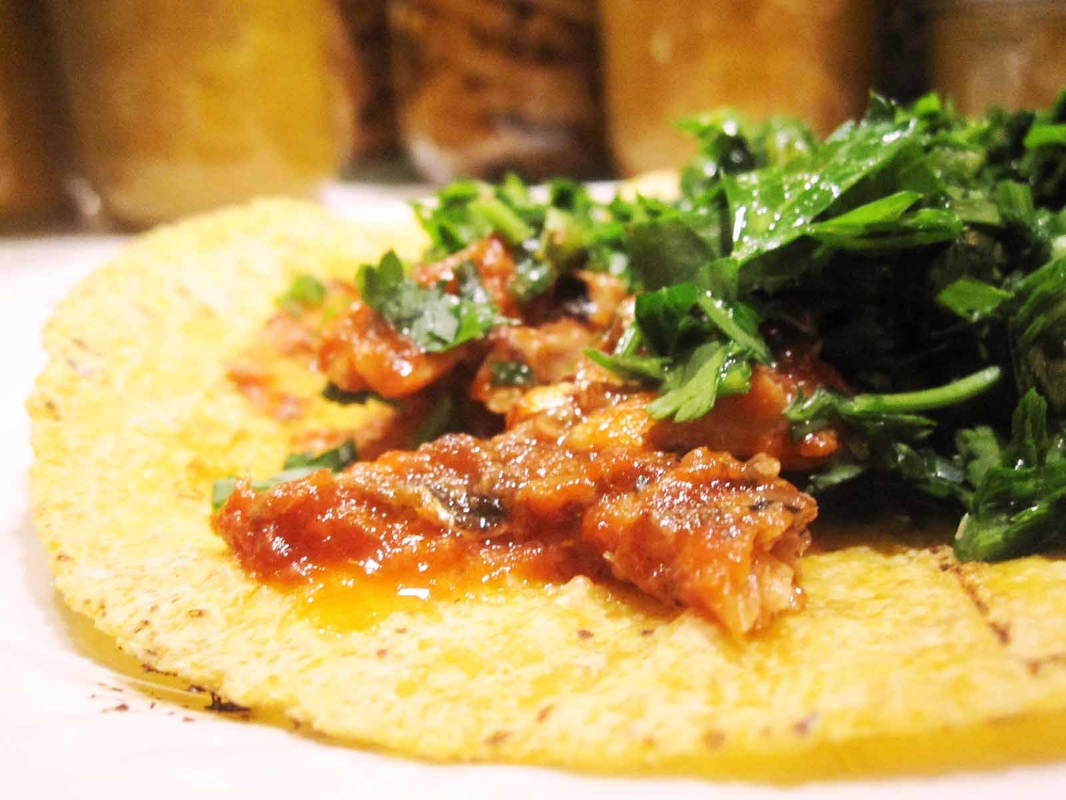
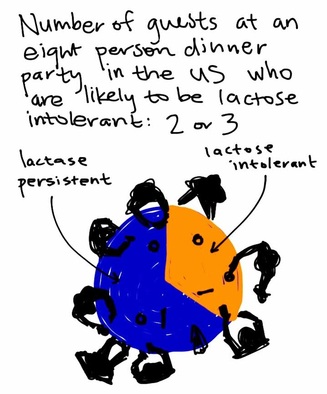
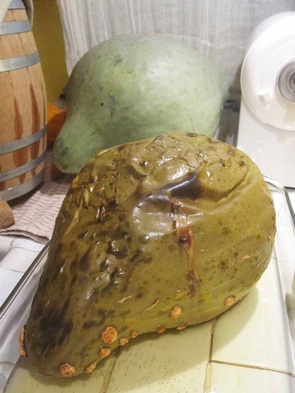
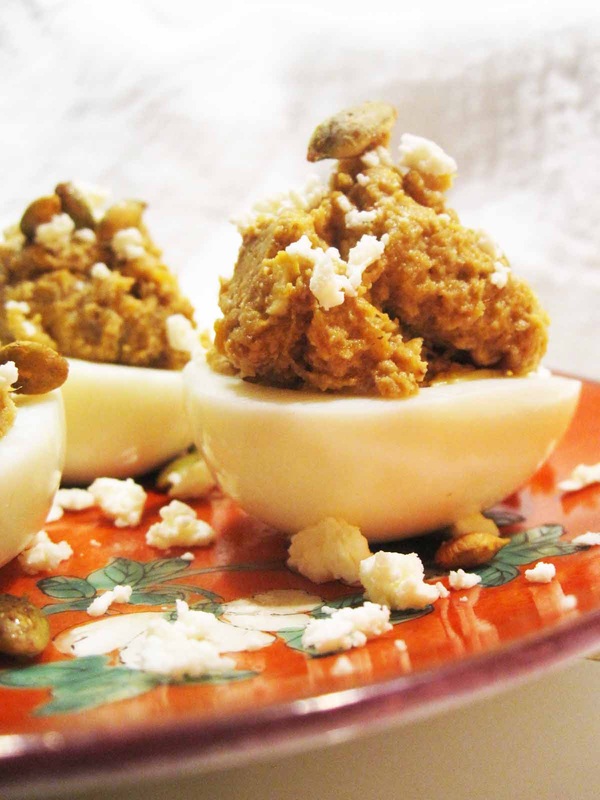
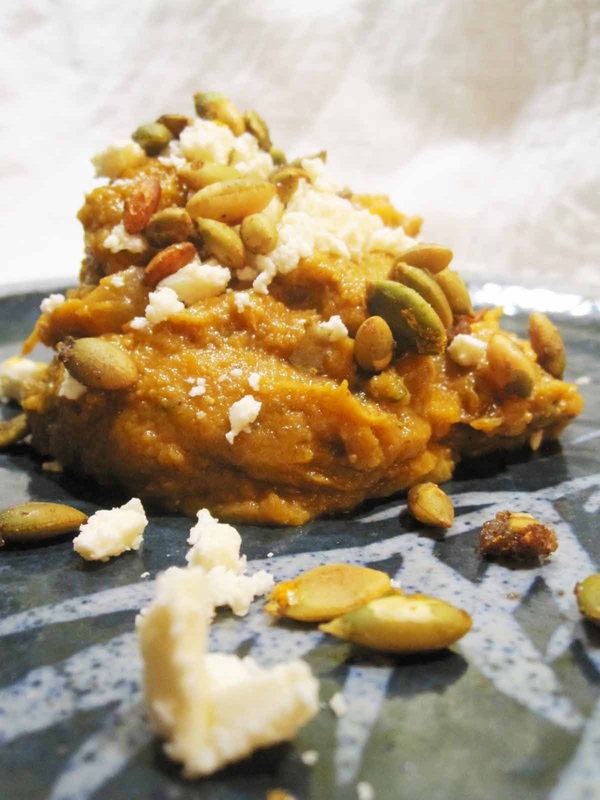
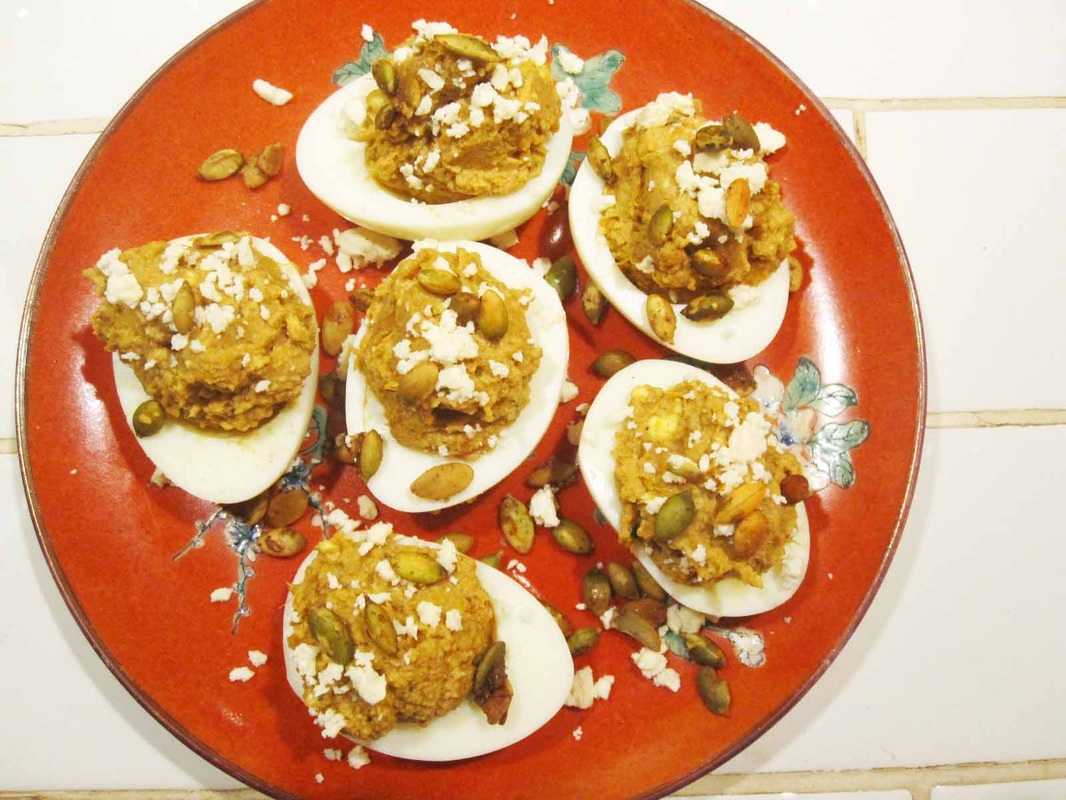
 RSS Feed
RSS Feed